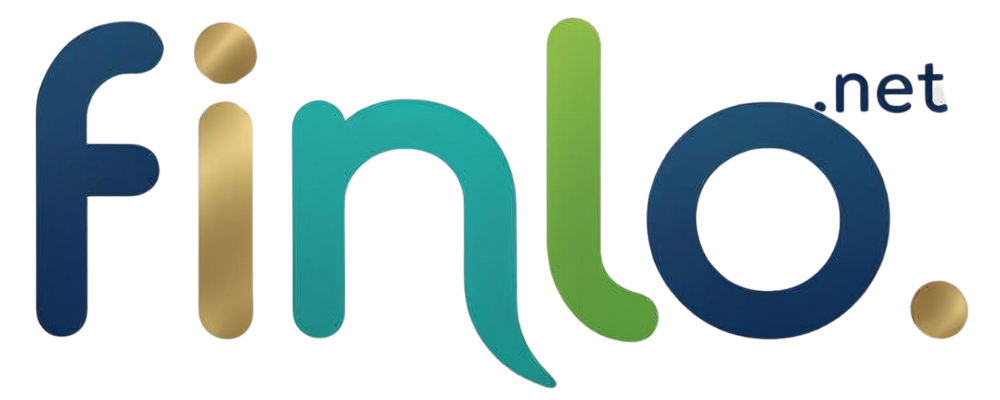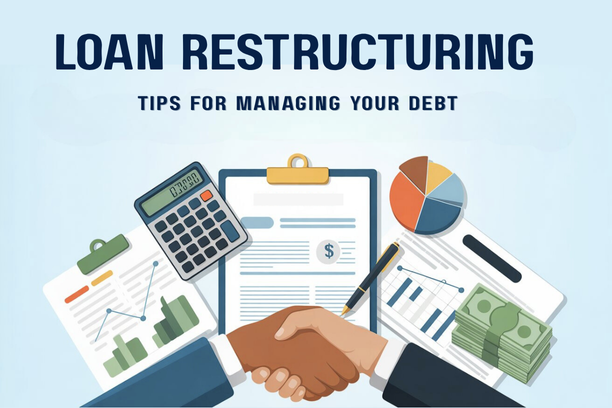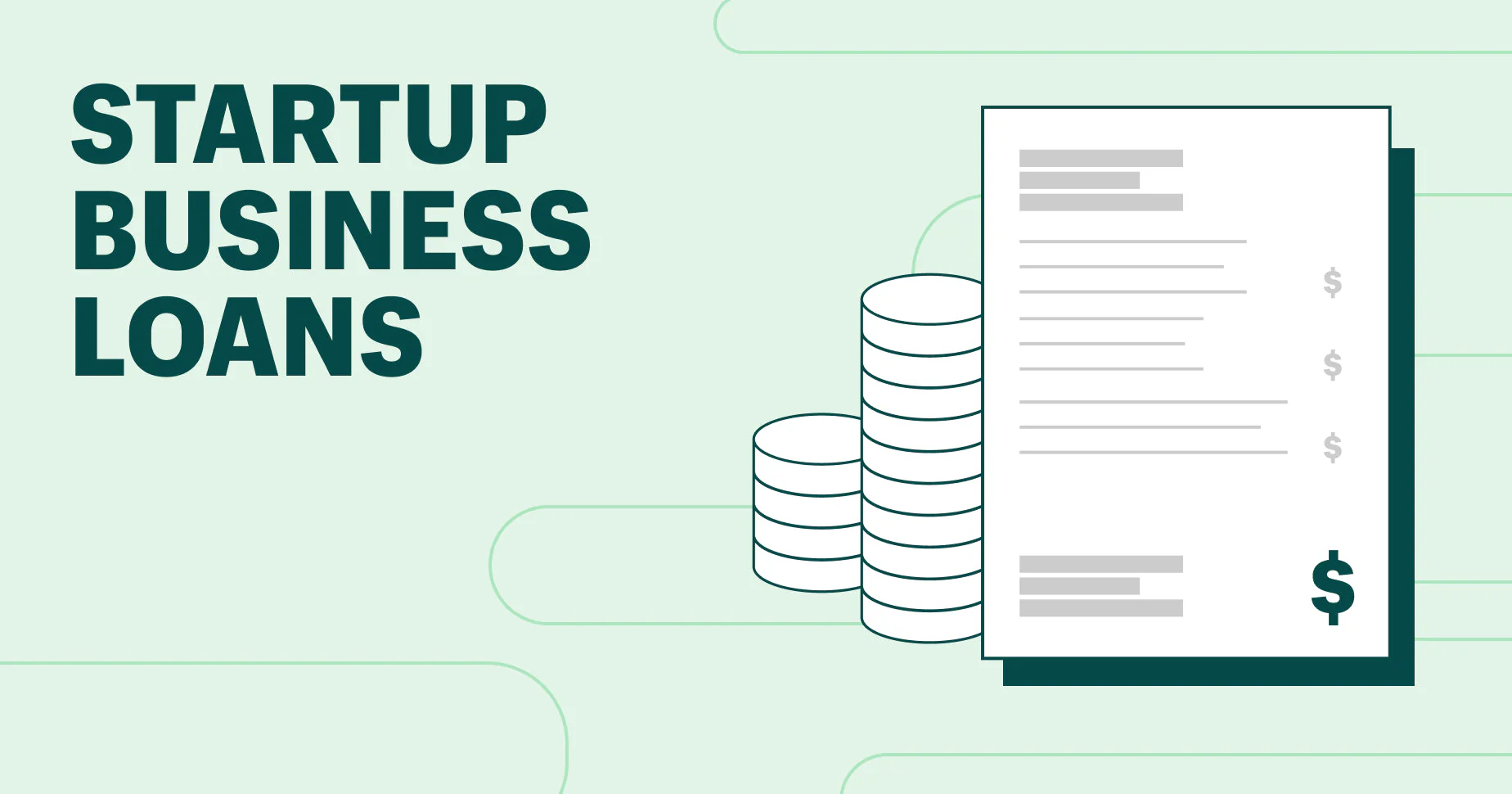For any business, purchasing new equipment is a strategic investment that can boost productivity, improve quality, and drive growth. However, the cost of machinery and technology can be prohibitive, often requiring a substantial financial outlay. Rather than draining your working capital, financing your equipment purchases can be a smart way to acquire the assets you need while preserving your cash flow. This guide will explore the best loan options available for financing equipment in the Philippines, helping you find the right solution for your business’s specific needs.
The Essential Choices for Financing Equipment
When it comes to financing equipment, a business is not limited to a single type of loan. The choice between buying with a loan and leasing can have a significant impact on your finances, cash flow, and long-term strategy. Each option comes with its own set of advantages and disadvantages. Understanding the fundamental differences between these two financing methods is the first step toward making a well-informed decision that supports your business’s goals.
Buying with an Equipment Loan or a Term Loan
For many businesses, a direct purchase using a loan is the preferred method for acquiring equipment. This is a straightforward approach where a bank or a lending institution provides a lump sum that you use to buy the equipment outright. The equipment itself often serves as collateral for the loan, which can make the application process more streamlined and the interest rates more favorable. The business then repays the loan over a fixed period, typically with a fixed interest rate. This method allows the business to own the asset immediately, giving them full control over its use, maintenance, and future disposal.
A major advantage of buying is that it builds equity for your business. Over time, as you pay off the loan, the asset becomes a part of your company’s balance sheet. This can be a significant benefit, especially for equipment with a long lifespan, as you can sell it later to recoup some of your initial investment. Additionally, because you own the equipment, you are free to customize it or use it as collateral for future loans. For businesses that use a piece of equipment as a core part of their operations, ownership is a crucial long-term strategy. It provides a sense of security and a valuable asset that can be leveraged for future growth.
Businesses can access these funds through a dedicated equipment loan or a general-purpose term loan. Many major banks in the Philippines, such as BPI, BDO, and PNB, offer SME term loans that can be used for “capital expenditures” or “acquisition of fixed assets, machinery equipment.” However, these loans often require a business to have been in operation for at least two to three years and have a track record of profitability. For established businesses, this is an excellent option for financing high-value, long-term assets.
Leasing as a Strategic Alternative
For businesses that need to preserve cash flow or frequently upgrade their equipment, leasing is a highly attractive alternative. With a lease, you do not own the equipment; you are essentially renting it from a leasing company for a fixed period. You make predictable monthly payments over the term of the lease, and at the end of the term, you have the option to return the equipment, renew the lease, or purchase it at a reduced price. This method allows a business to access essential assets without the large upfront capital outlay required for a purchase.
One of the biggest advantages of leasing is its positive impact on cash flow. Instead of a large down payment and a hefty loan, you have smaller, fixed monthly payments. This frees up your capital to be used for other critical business needs, such as inventory, marketing, or working capital. This is particularly beneficial for startups or small businesses with a limited budget. Additionally, leasing can help you avoid equipment obsolescence. For industries that rely on rapidly changing technology, such as IT or manufacturing, leasing allows you to simply upgrade to a newer model at the end of your lease term, ensuring that your business is always equipped with the latest technology.
Leasing can also offer tax advantages. Lease payments are often treated as an operating expense, which can be fully deducted from your business’s income, potentially reducing your tax burden. For some businesses, an operating lease does not appear on the balance sheet as a liability, which can make your company’s financial position appear stronger to potential investors or future lenders. This flexibility, combined with the ability to avoid the long-term maintenance costs and the risk of depreciation, makes leasing a compelling choice for businesses that value agility and cash flow management over long-term ownership.
The Best Loan Options in the Philippine Market
With a clear understanding of the difference between buying and leasing, you can now explore the specific loan options available in the Philippine market. While major banks offer general business loans, there are also specialized institutions and programs that cater to equipment financing. Choosing the right lender is crucial, as they will have different requirements and terms that can significantly impact your business’s financial future.
The Role of Traditional Banks and Specialized Lenders
Major commercial banks, such as BPI, BDO, and Metrobank, are a primary source of financing for established businesses. They offer term loans under their SME banking divisions, which can be used to purchase equipment. The application process for these loans is rigorous, requiring a detailed business history, audited financial statements, and a stable income track record. However, their interest rates are often competitive, and the loan terms can be flexible. For a business with a long-standing relationship with a bank, this is often the fastest and most reliable option.
In addition to general SME loans, some financial institutions and manufacturers’ financial partners offer dedicated equipment financing. For example, some banks partner with equipment dealers to provide loans specifically for heavy machinery, agricultural equipment, or medical devices. These loans are often more tailored to the specific needs of the industry. The equipment itself serves as collateral, which can make the approval process simpler. For a business looking to acquire a high-value piece of machinery, a dedicated equipment loan from a specialized lender is often the best choice, as it is designed for that specific purpose.
The key to succeeding with a bank loan is to have your financial house in order. Banks will scrutinize your company’s financial statements, cash flow, and credit history. They need to see evidence that your business is not just viable but also profitable enough to comfortably make the loan payments. By demonstrating a solid financial track record and a well-thought-out plan for the new equipment, you can significantly increase your chances of securing a competitive loan from a traditional lender.
Exploring Government Programs and Fintech Lenders
For small and medium-sized enterprises (SMEs) and startups that may not meet a bank’s stringent requirements, government programs and fintech lenders offer excellent alternatives. The Small Business Corporation (SB Corp), an attached agency of the Department of Trade and Industry (DTI), has various lending programs aimed at supporting MSMEs. While they may not have a loan named “equipment financing,” their general-purpose loans for business expansion can be used to purchase machinery. These loans often have lower interest rates and more flexible requirements, with a focus on supporting the growth of small businesses.
Fintech lenders, on the other hand, have disrupted the traditional lending model by using technology and alternative data to assess a borrower’s creditworthiness. For example, if your business uses a digital payment platform like Maya or GrabPay, you may be eligible for a business loan based on your transaction history. The more transactions you process, the more data they have to assess your business’s financial health. This model is perfect for businesses that may not have a long operating history or audited financial statements. The application process is often entirely online, with fast approval times.
These alternative financing options are often more accessible and less rigid than traditional bank loans. They understand the challenges that SMEs face and are more willing to take a chance on a business with a good plan and a strong operational track record, even if it is a short one. By exploring these government and fintech options, a business can find the capital it needs to acquire new equipment and move forward with its growth plans.
Conclusion
Financing equipment purchases is a strategic decision that can significantly impact your business’s future. By carefully evaluating your options—whether it’s a direct purchase with a loan or a flexible lease—you can find a solution that aligns with your financial goals. While traditional banks offer competitive rates for established businesses, government programs and fintech lenders provide accessible and innovative alternatives for smaller or newer enterprises. By understanding the conditions of each option and preparing your business accordingly, you can secure the funding you need to acquire the essential equipment for your business’s success.













